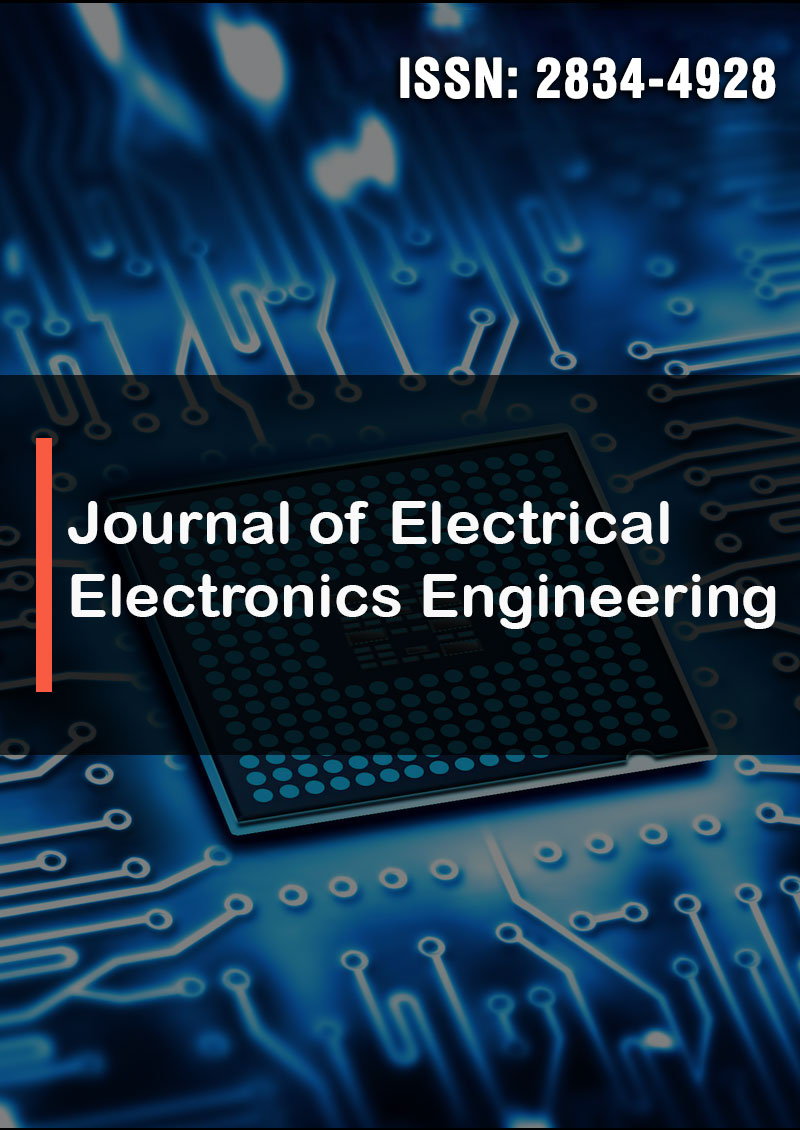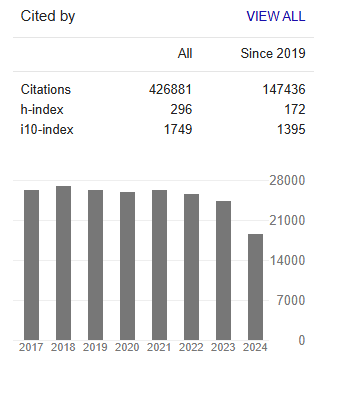Research on Inertial Navigation Technology of Unmanned Aerial Vehicles with Integrated Reinforcement Learning Algorithm
Abstract
Longcheng Guo and Linli Yang
With the continuous expansion of unmanned aerial vehicle (UAV) applications, traditional inertial navigation technology exhibits significant limitations in complex environments. In this study, we integrate improved reinforcement learning (RL) algorithms to enhance existing unmanned aerial vehicle inertial navigation technology and introduce a modulated mechanism (MM) for adjusting the state of the intelligent agent in an innovative manner [1,2]. Through interaction with the environment, the intelligent machine can learn more effective navigation strategies [3]. The ultimate goal is to provide a foundation for autonomous navigation of unmanned aerial vehicles during flight and improve navigation accuracy and robustness.
We first define appropriate state representation and action space, and then design an adjustment mechanism based on the actions selected by the intelligent agent. The adjustment mechanism outputs the next state and reward value of the agent. Additionally, the adjustment mechanism calculates the error between the adjusted state and the unadjusted state. Furthermore, the intelligent agent stores the acquired experience samples containing states and reward values in a buffer and replays the experiences during each iteration to learn the dynamic characteristics of the environment. We name the improved algorithm as the DQM algorithm. Experimental results demonstrate that the intelligent agent using our proposed algorithm effectively reduces the accumulated errors of inertial navigation in dynamic environments. Although our research provides a basis for achieving autonomous navigation of unmanned aerial vehicles, there is still room for significant optimization. Further research can include testing unmanned aerial vehicles in simulated environments, testing unmanned aerial vehicles in real- world environments, optimizing the design of reward functions, improving the algorithm workflow to enhance convergence speed and performance, and enhancing the algorithm's generalization ability.
It has been proven that by integrating reinforcement learning algorithms, unmanned aerial vehicles can achieve autonomous navigation, thereby improving navigation accuracy and robustness in dynamic and changing environments [4]. Therefore, this research plays an important role in promoting the development and application of unmanned aerial vehicle technology.




